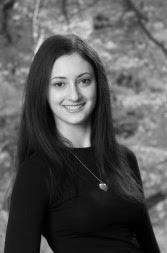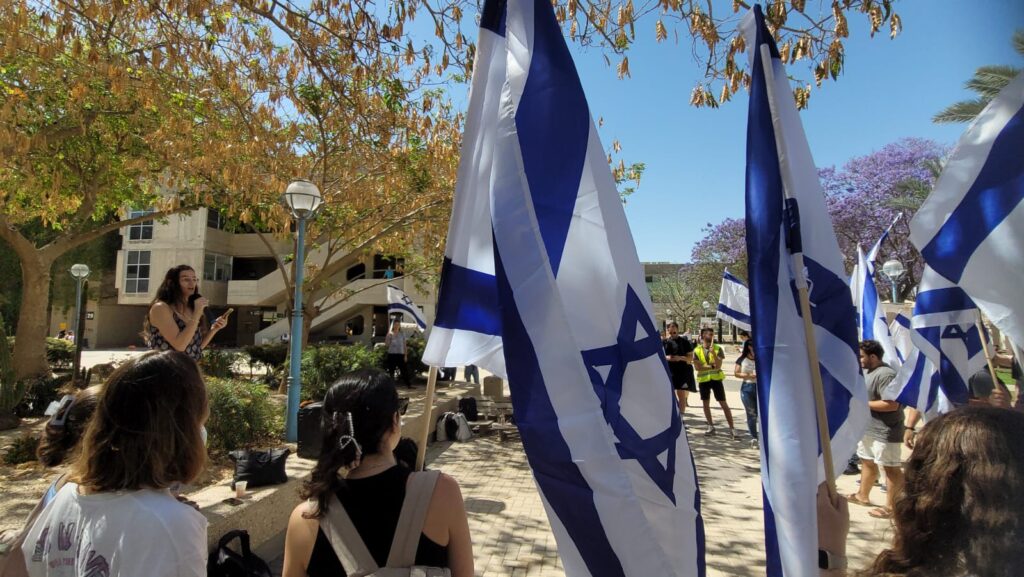 At Stanford, I checked my privilege. But not the way I was hoping to.
At Stanford, I checked my privilege. But not the way I was hoping to.
Coming to Stanford from a largely white and affluent suburb of New York City, I am aware of my privilege. And that’s why I was excited to come to Stanford–to meet new people and to have my old ideas challenged. Within the first week of classes, through talking to my friends and classmates, I had already seen sides of issues I’d never thought about before. Perhaps socio-economic affirmative action was not an adequate substitute for the racially based system. Perhaps we are all personally responsible for the state of global poverty. Perhaps the way we view morality is entirely arbitrary and ill-construed.
But even from the second night of New Student Orientation (NSO), I felt something on this campus was missing. In the middle of last month, as Stanford’s campus flooded with frosh, members of the campus community put together Faces of Community. Faces is billed as “an NSO program that aims to introduce incoming freshmen and transfers to the diversity of the Stanford campus. It is a space for us to come together and celebrate the events in our lives that have shaped who we are: the triumphs, the lessons, and the hardships.”
And as promised, Faces introduced this year’s freshmen to a diverse group of people: Gladis Xiloj, Miles Brinkley, Alexis Kallen, Isaac Gomez, Adorie Howard, Will Funk, Daly Montgomery & Sammie Wills. Between the speakers, Stanford’s new freshmen were introduced to first-generation students, students questioning their sexuality or gender identity, students from black, white, Latino, and mixed-race backgrounds, students with physical disabilities, students struggling with mental health issues, students with difficult home situations, and so many more.
The personal narratives covered much of the ethnic, cultural, and sexual map, and the artistic performances by the Stanford Taiko group, the Polynesian dance group, Bhangra performance, La Ballet folklorico (a Mexican folk dance team), Talisman (which performed a South African song in the original language), covered many others. But throughout the entire performance, there was a gaping hole in the map. There was not a single student or artistic group that spoke about their struggles on campus as a Middle Eastern, Arab, or Jewish student. There were no traditional songs, no spoken-word poetry, no personal narratives – nothing to indicate that the Middle East comprises a significant portion of the global – and campus – map.
And so I began to wonder. Why would Faces leave out these stories? Why could I see so many other difficult issues addressed, but not Arabphobia, not Antisemitism–not the significant issues that rocked this campus last year?
Are discussions about race, religion, and the Middle East controversial? Absolutely. But this campus faced enormous challenges and struggles in this area last year–with anti-Semitic graffiti sprayed on the Jewish fraternity, Molly Horwitz’s SOCC encounter, and Madeleine Chang’s article about the politicization of the Arabic language on Stanford’s campus. So this should have been part of the discussion. Stanford owes it to the new members of their community to make it part of the discussion.
And here’s why:
It is the second week of classes, and as part of the Structured Liberal Education program, my classmates and I were asked to read the Bible. And we read it critically, discussing the documentary hypothesis, historical context, and of course – the morality of a book few have truly read. These are, I believe, all important conversations.
But there is a difference between questioning, open communication, and politicized, ignorant, racism. And at Stanford, in the comfort of a classroom discussion moderated by a Stanford professor, that line was crossed.
As student argued that regardless of our feelings on Zionism, the Bible is now being used to justify the expulsion and murder of millions of Palestinians.
And then there were snaps. My professor nodded. And I was left dumbstruck. The student emphasized his point above in a shared communal document with the students from the class, where he stated, “I think that it’s a fascinating mixture of history and myth and poetry etc. but that there’s a dark side to that as well. The text was written by Hebrews for Hebrews and you can see a lot of justification for the conquests of the Hebrews. From the mistreatment of Hagar to Ishmael to Esau to the Canaanites to the Philistines (the list goes on…), it becomes evident that the proverbial “Other” doesn’t matter. And yes that was pretty humanizing then, but the reverberations are still being felt today, namely in Palestine.”
There is misinformation, there is ignorance, and then there are lies. And aside from the hugely erroneous scale of the claim, the idea that Zionism – the ideology that believes the Jewish people have a right to self-determination within Israel – is based upon stories of biblical conquest is offensive to the nth degree.
I am a proud Zionist, and I also support a Palestinian state. I am a proud Zionist and I believe that the Jewish right to self-determination within Israel is based on a historical right – and confirmed by the United Nations vote of 1947. I am a proud Zionist and a religious Jew, but there are so many people on this campus, and in the world, who identify with only one of those titles.
I am a proud Zionist and a religious Jew, and I am not sure I feel safe on this campus anymore. There is a time and place for discussion and debate. I am open to listening. But I am not okay with lies, not okay with anti-Semitic propaganda being tolerated in the classroom. Because equating biblical conquest in the Bible with actions of the modern state of Israel is very close to racism.
I think everyone should have their views challenged by this campus. Everyone should learn to recognize their privileges.
But not like this. Not in a way that makes us feel unsafe. Not in a way that falsely equates a huge part of our identities with moral degradation.
And not in a way that singles out one student of fifteen, gives her no opportunity to respond, and leaves her feeling demonized, isolated, and scared.
Not like this.
This was contributed by Stanford University CAMERA Fellow Michal Leibowitz.

